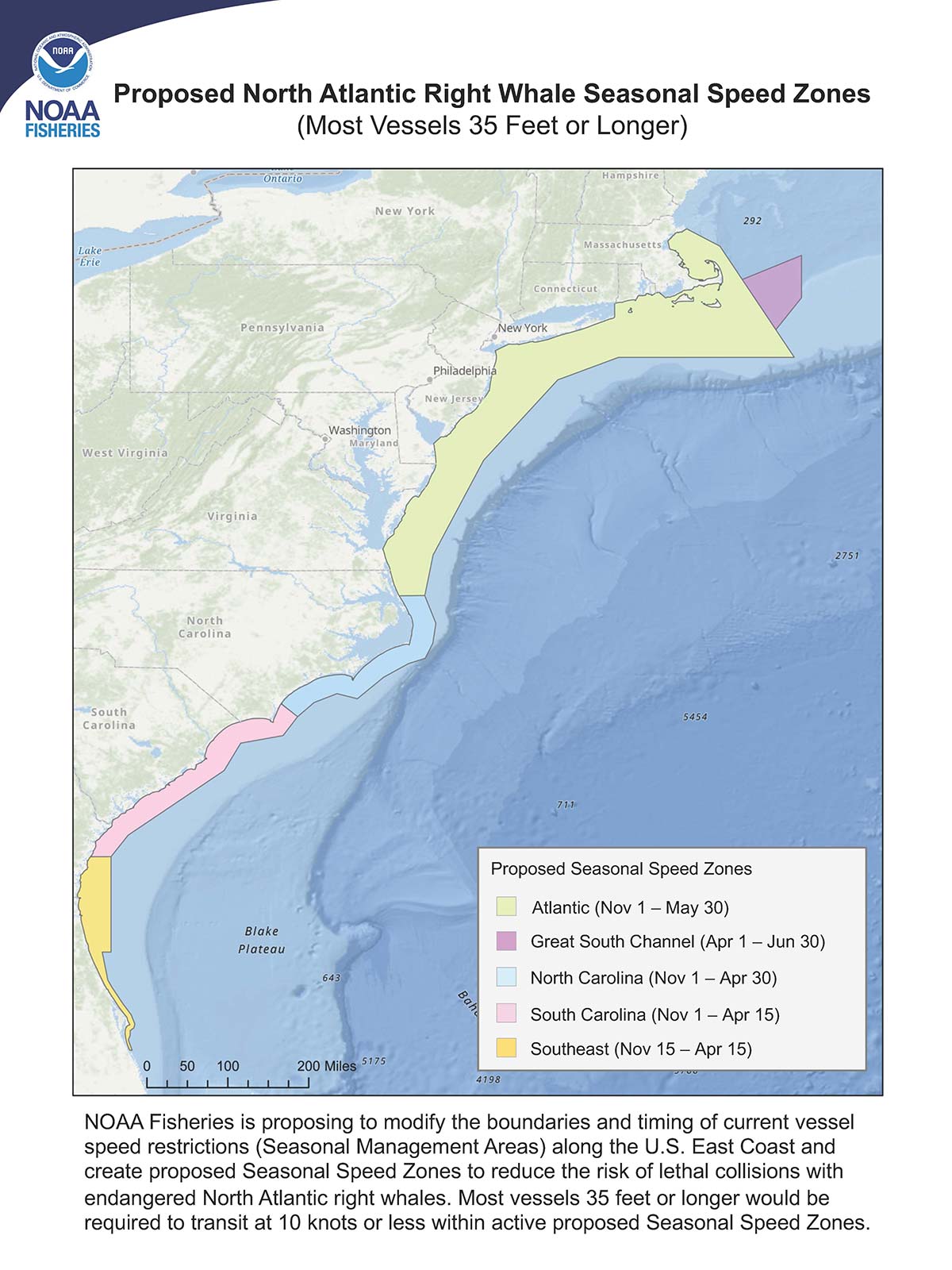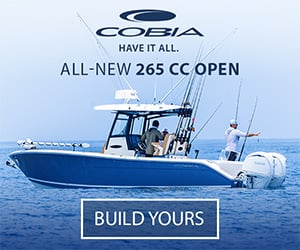Do you fish from a boat over 35 feet in length? Do you press offshore from November through April? If you’ve answered yes to these first two questions, beware of the impending 10-knot speed trap along the coast!
Three years ago I wrote an Editor’s Log in the New Jersey, Delaware Bay edition of The Fisherman called “Engage & Destroy” which was a not so subtle shot at the U.S. Commerce Department and the National Marine Fisheries Service (NMFS). At the time the agency had just released its 2019-20 Recreational Engagement Plans promising to continue its “commitment to strengthening its relationship with saltwater recreational fishermen,” while providing “more engagement and two-way dialogue with NOAA Fisheries.”
But just as policy makers were talking engagement and dialogue, NMFS special agents were using Automatic Identification System (AIS) installed on vessels 65 feet or longer – including for-hire fishing boats – as a speed trap, determining which boats traveled in excess of the 10-knot speed restriction extending 20 nautical miles out from November through April. The captains received no warning, no phone calls, and no visit from a NMFS port agent, just a big, fat, summons in the mail that far exceeds many annual salaries!
Earlier this summer, NMFS announced proposed changes to vessel speed regulations to further protect North Atlantic right whales from vessel strikes, possibly expanding the current mandatory seasonal speed restrictions of 10 knots or less in designated areas of the ocean and applying the rule to most vessels over 35 feet in length. According to Janet Coit, assistant administrator for NOAA Fisheries, the proposed Atlantic Coast speed restriction is part of their efforts to rebuild the North Atlantic right whale population. “This proposed action is necessary to stabilize the ongoing right whale population decline, in combination with other efforts to address right whale entanglement and vessel strikes in the U.S. and Canada,” Coit added.
One of the world’s most endangered large whale species, the latest estimates suggest there are fewer than 350 North Atlantic right whales remaining, with less than 100 reproductively active females. That said, imagine how lengthy – and possibly dangerous – an offshore trip will become if a Contender 35ST or Scout 355LXF is restricted to 10 knots when running offshore.

“The proposed rule change represents one of the most consequential maritime regulations ever proposed on the recreational fishing and boating community,” said Viking Yachts president and CEO Patrick Healey, adding “a speed restriction of 10 knots for boats 35 feet and larger in such a vast area will all but eliminate the opportunity for thousands of recreational anglers to undertake trips where weather windows can be very narrow.”
In a letter addressed to Dr. Caroline Good in the NMFS Office of Protected Species Healey pointed out that over 25% of recreational trips on an annual basis take place during time period in question, which he said “corresponds with the peak season of some of our most popular fisheries such as striped bass, tuna, black sea bass, tautog and summer flounder.”
Proposed changes to the speed limit rule would set up a new mandatory Dynamic Speed Zone program, establishing temporary 10-knot transit zones when right whales are detected outside the designated seasonal management areas. Healey and others are seeking an extension to the public comment period to allow the recreational fishing and boating community to more fully evaluate impacts and to prepare comments that seek to quantify the extent that the recreational community utilizes the areas and seasons. “This information is currently not provided in the proposed rule,” Healey said, adding “we believe it must be considered prior to final action.”
The proposed rule has been fairly atypical in terms of the bureaucratic process, from the absence of industry engagement through public hearings, and a lack of environmental impact statement. John DePersenaire, the sustainability officer at Viking Yacht Company points out that NOAA Fisheries hasn’t produced any real data analysis – such as the Marine Recreational Information (MRIP) or Vessel Trip Reports (VTR) compiled by for-hire captains – to quantify the proposed rule’s impact will have on recreational fishermen. “It’s highly unusual that this data, which is all housed under NOAA, has not been analyzed in-house in regard to this proposed rule which also originated from NOAA,” DePersenaire said.
The public comment period as it stands now ends on September 30. Go to www.fisheries.noaa.gov/feature-story/rule-amend-north-atlantic-right-whale-vessel-speed-regulations-open-comment for more information and official comment.
(EDITOR’S NOTE – On September 15, NOAA Fisheries announced an extension of the comment period for an additional 30 days – ending October 31, 2022 – for the proposed rule to modify North Atlantic right whale vessel speed regulations. To provide comment see the link above).




